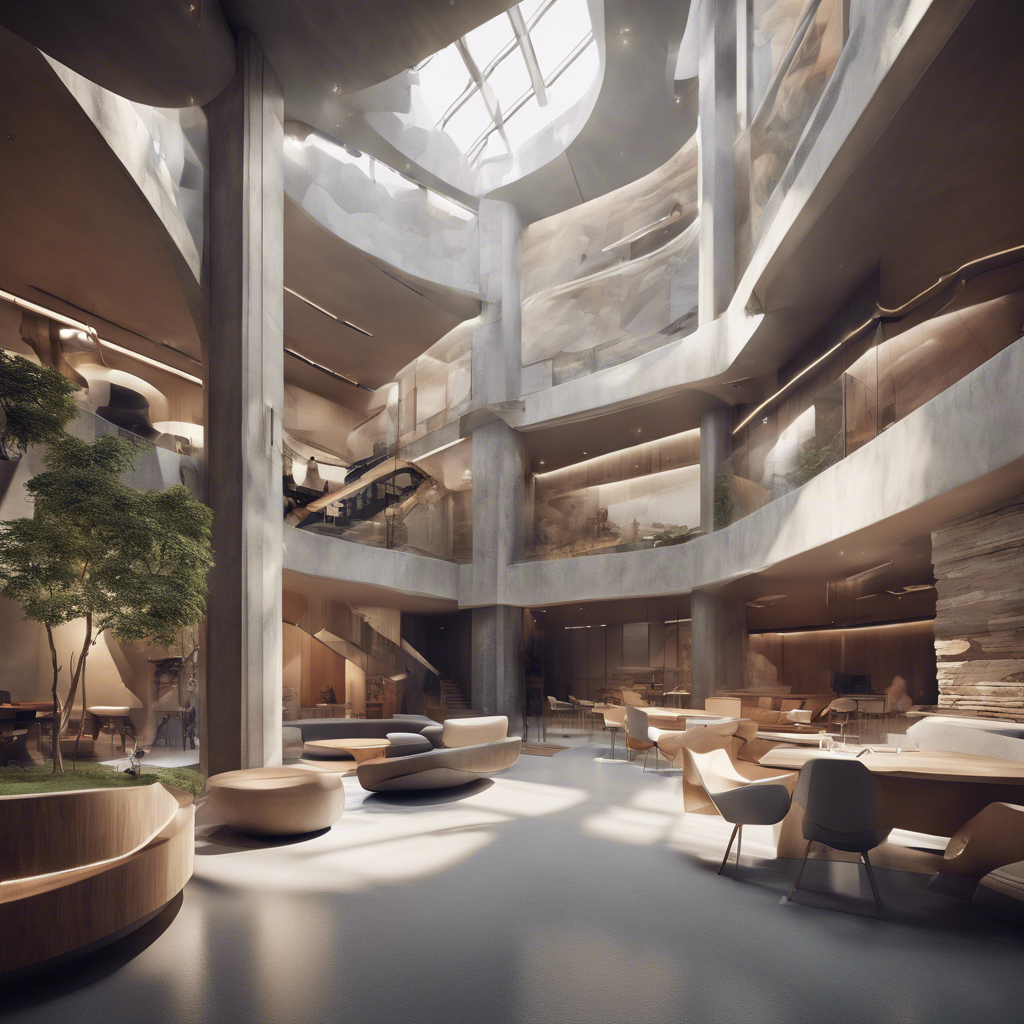
In the rapidly evolving field of architecture, innovative technologies are reshaping how professionals design, visualize, and interact with spaces. Among these transformative technologies, Virtual Reality (VR) and Augmented Reality (AR) stand out, offering architects powerful tools to revolutionize their workflow, enhance client experiences, and push the boundaries of design creativity.
The Power of Virtual Reality in Architecture
Virtual Reality can immerse users in a digital environment, allowing architects to create and explore detailed, three-dimensional models of their designs. Here's how VR is making a significant impact:
Enhanced Visualization VR Advantage: With VR, clients can "walk through" a virtual model of the building, experiencing the space before being constructed. This immersive experience can help clients better understand scale, proportions, and aesthetics.
Improved Design Accuracy Iterative Design Process: VR enables architects to test and refine their designs in a virtual space, identifying potential issues and making adjustments before construction begins. Real-Time Feedback: By exploring the virtual model, architects can receive real-time feedback from clients and stakeholders, ensuring that the final design matches expectations.
Efficient Collaboration Global Teams: VR facilitates collaboration among teams spread across different geographical locations. Architects, engineers, and clients can meet in virtual space, discuss design elements, and make decisions collectively. Interactive Presentations: VR presentations are far more engaging than traditional slideshows or renderings. Clients can interact with the model, ask questions, and see changes implemented in real-time.
The Role of Augmented Reality in Architecture
While VR immerses users in a fully digital world, Augmented Reality overlays digital elements onto the real world. This unique capability offers several benefits for architects:
On-Site Visualization Contextual Integration: AR allows architects to superimpose digital models onto physical sites. This contextual integration helps show how a new structure will fit within its real-world environment, considering factors like sunlight, surrounding buildings, and landscape. Error Detection: By overlaying digital plans on-site, architects can detect discrepancies between the design and actual construction, reducing errors and ensuring greater accuracy.
Enhanced Client Interaction Interactive Models: AR provides clients with ways to engage with the design. By pointing a smartphone or tablet at a blueprint or physical site, clients can see a 3D model come to life, explore different design options, and visualize changes instantly. Design Customization: Clients can customize the design in real-time, such as materials, colors, and furnishings, providing a more personalized experience.
Streamlined Construction Processes Real-Time Guidance: AR can assist construction workers by overlaying detailed plans and instructions straight onto their view, improving accuracy and efficiency. Progress Monitoring: Architects and project managers can use AR to monitor construction progress, comparing the ongoing work with the digital model to ensure adherence to the design.
Conclusion
Virtual and Augmented Reality are not just futuristic concepts; they are practical tools transforming the architecture industry. By enhancing visualization, improving design accuracy, and facilitating collaboration, VR and AR are helping architects create more innovative and efficient designs. As these technologies continue to advance, they will undoubtedly play an even more integral role in shaping the future of architecture.
Comments